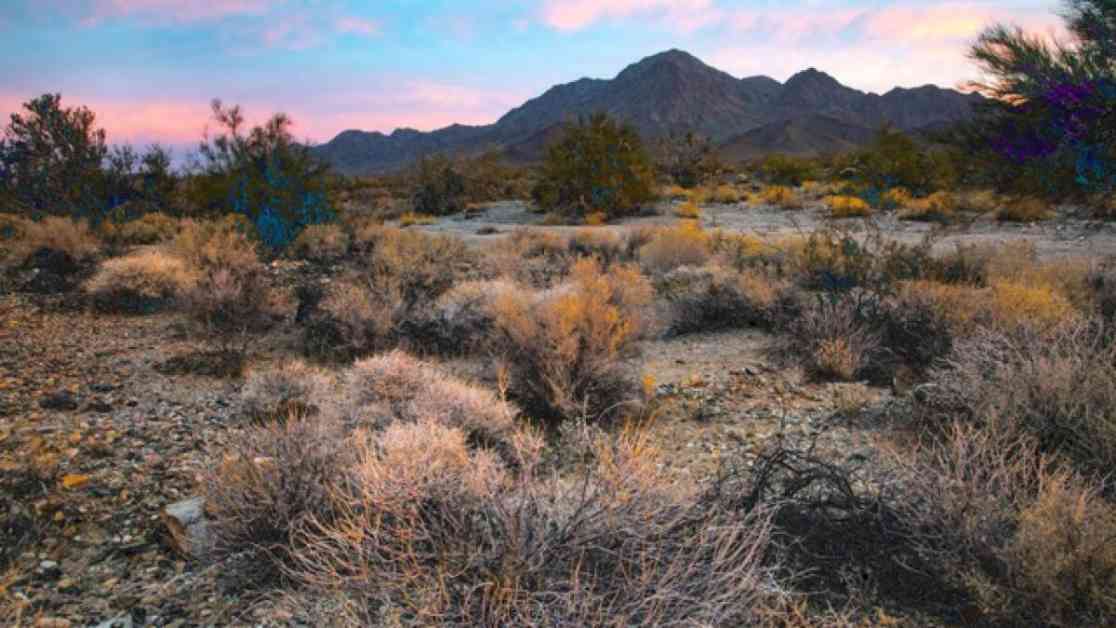President Biden has made a historic decision to declare two new national monuments in California to honor tribal lands, showcasing the significance of Indigenous voices and the importance of environmental conservation. The Chuckwalla National Monument in Southern California and the Sáttítla National Monument in Northern California are set to be protected under the Antiquities Act of 1906, fulfilling the wishes of tribal members and environmentalists who have fought for generations to safeguard these sacred lands from industrialization and degradation.
Protecting Sacred Lands
The Chuckwalla National Monument, spanning 644,000 acres near Joshua Tree, will preserve the home of the Torres Martinez Desert Cahuilla Indians, who have inhabited the region for thousands of years. The area is teeming with diverse wildlife, including Chuckwalla lizards, bighorn sheep, desert tortoises, and jackrabbits, making it a vital cultural and ecological treasure for the tribe. Joseph DL Mirelez, chairman of the Torres Martinez Desert Cahuilla Indians, expressed gratitude for the protection of their ancestral lands, emphasizing the cultural significance of the area.
Ancient Histories Preserved
In the north, the Sáttítla National Monument covers 200,000 acres near the Oregon border, encompassing the Medicine Lake Highlands area significant to the Pit River Tribe. This landscape holds deep cultural importance as the place of creation for the tribe, serving as a sacred site rich in biodiversity and natural beauty. Brandy McDaniels, a member of the Pit River Tribe, highlighted the enduring struggle to safeguard these lands from development and exploitation, underscoring the need to protect them for future generations.
Environmental Conservation vs. Clean Energy
While the designation of these national monuments is a victory for Indigenous communities and conservationists, it has sparked debates on the balance between environmental conservation and clean energy development. Some renewable-energy advocates argue that the protection of these lands could hinder efforts to reduce greenhouse gas emissions, especially in the face of potential geothermal and solar energy projects. The intersection of environmental protection, cultural preservation, and energy sustainability remains a complex challenge requiring thoughtful consideration and collaboration.
As the nation celebrates these new national monuments, it is essential to recognize the diverse perspectives and interests at play in the ongoing dialogue around land conservation and energy development. The legacy of honoring Indigenous voices and preserving natural landscapes for future generations is a shared responsibility that demands thoughtful engagement and inclusive decision-making. President Biden’s actions underscore the importance of protecting sacred lands and advancing environmental stewardship in a rapidly changing world.




